The pitch is accepted, the team assembled, and your big idea is ready to be set in motion. But first, before the implementation, you set the goals and deadlines as the guiding star to your project success.
Solid timelines and set milestones are the keys to effective project management. But project time tracking is the secret sauce to achieving a smooth project flow.
By the end of this read, you can finally say goodbye to chaotic projects and unaccounted hours. In this article, we will help you understand how to leverage project time tracking to establish a healthy project life cycle.
Types of Projects That Benefit from Time Tracking
You can use time-tracking to boost efficiency and optimize the workflow. You can do that in almost any project, from construction to designing a space shuttle. However, digital industries and online teams can benefit from time-tracking software the most. Let’s discover how.
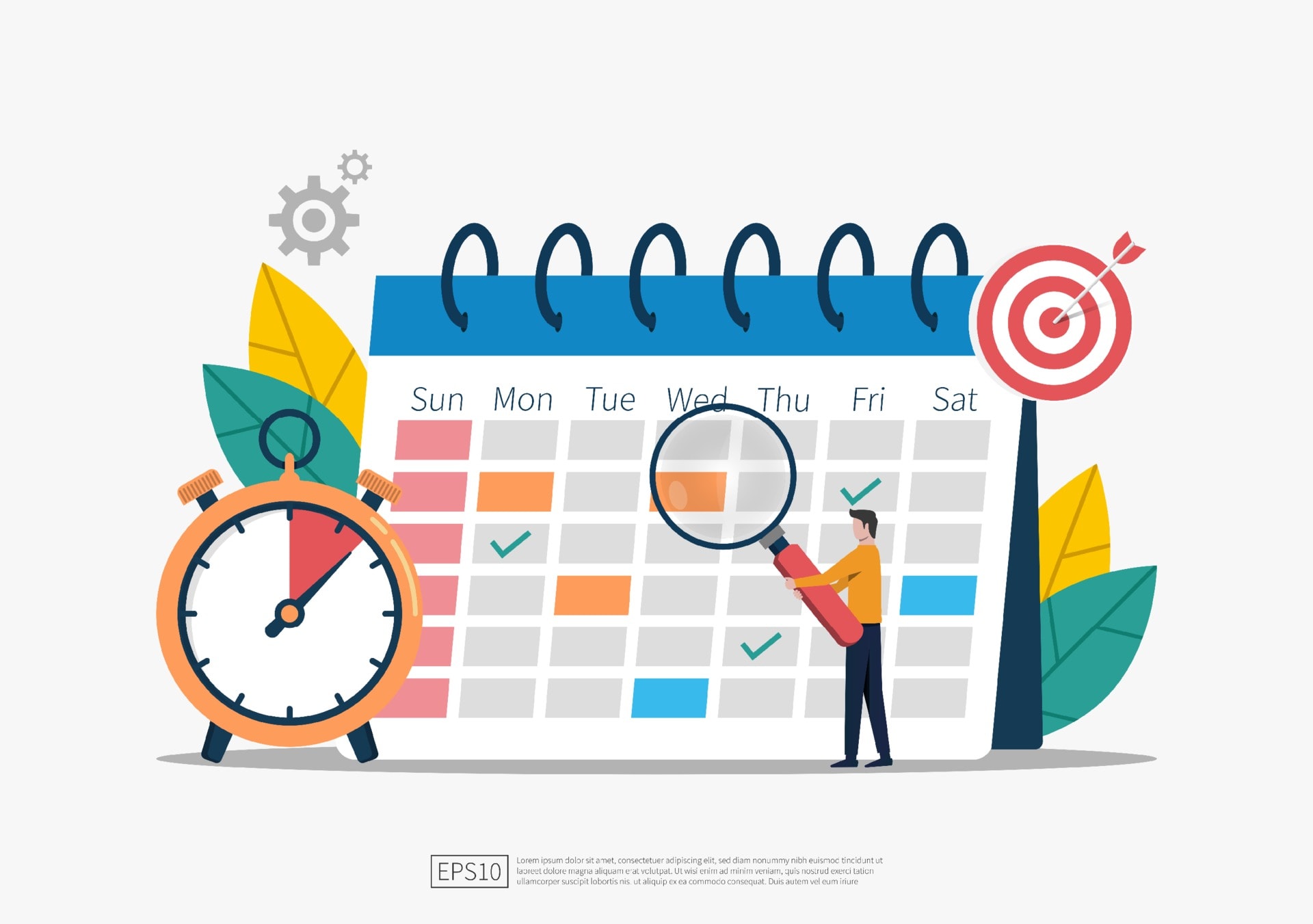
Software development projects
Software development projects are the perfect example. Here, a good time-tracking app can be a game changer in project management. You know how it is, to navigate complex tasks and dynamic timelines. Time-tracking software helps software developers understand time as the most valuable resource.
For example, your team is working on a feature update, and the project manager timeboxes the feature design phase for two days. With a project time-tracking app, you can see exactly how much time each member spent on different parts of the design. If the team exceeds the timebox, you can assess what happened behind the curtains. Perhaps you’ve underestimated the task. Or you’ve encountered unexpected obstacles, enabling you to plan better for future projects.
Creative projects

When it comes to design projects or marketing campaigns, creativity flows in chaos. The ability to track time alongside project progress becomes invaluable.
Creative work requires many iterations until the result is perfect. This is why time-tracking apps can help creative messes become more organized. Moreover, it helps meet deadlines as well as budgets, which is essential for launching marketing campaigns.
Consulting projects
In consulting, transparency in how you track time means the world in building quality relationships with your clients. It inspires trust and stimulates client retention.
This is why analytics and reporting features are the core of what you need from a time-tracking app.
The best time-tracking software for consultants is the one where you can track billable hours. If you can export data and schedule reports on top of that – you’re on the roll.
Best Practices for Project Time Tracking
Planning, team, and tools — those are the 3 imperatives to any successful project. In the context of leveraging time-tracking apps, this means setting up a solid and realistic plan. It also includes training the team to track time regularly, and choosing the right toolkit to make your lives easier.

Set clear goals and deadlines
One of the most common pitfalls of project management is scope creep. The bigger and more complex the project, the more it frightens us when we plan the execution.
The most efficient way of dealing with the big project scope is to break it down into smaller chunks of tasks. Plus, run scrum meetings on a regular basis to update the project schedule.
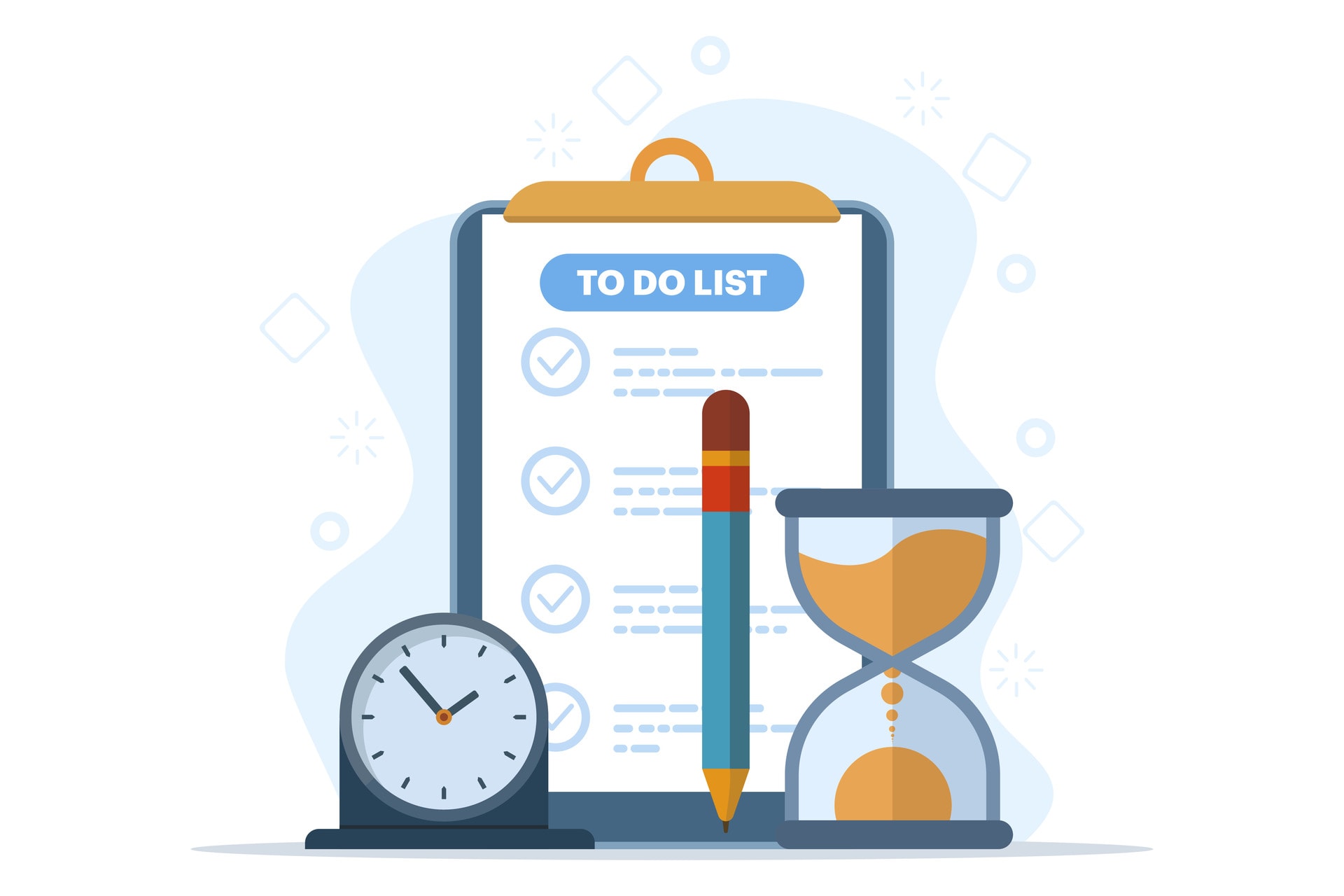
Let’s say you are working on a website redesign project. The big goal is to redesign the company website to improve user experience and modernize branding. To optimize your project time-tracking, break this goal down into smaller milestones:
Research
Wireframing and prototyping
Visual design
Development handoff
Testing and optimization
Each of these milestones can then be split into concrete tasks. The research includes user research (interviews, surveys) which takes one working week. Then competitor analysis which takes 3 days. Finally reviewing existing website analytics you estimate will take 2 days in total.

Breaking down a large project into milestones like this ensures that each step is manageable, trackable, and completed on time. That way, you’re enhancing both efficiency and accountability. Make sure that each milestone has clear deadlines with tracked hours. This ensures the project progresses efficiently.
Time tracking helps identify bottlenecks. The extra time that’s spent on revisions or feedback loops. It also provides data for future projects. Then the team can set more realistic timelines for similar tasks in the future.
Use the right tools for project time tracking
The right time-tracking software is your best friend in project management. The catch is to find the right one for your type of project.
As a freelance designer, you can use a simple app that tracks billable hours and provides easy invoicing. Something easy, like Toggl. But if you’re managing a large creative team, you need a more robust tool like WebWork Time Tracker. A tool that can handle projects, team members, and reporting features simultaneously.
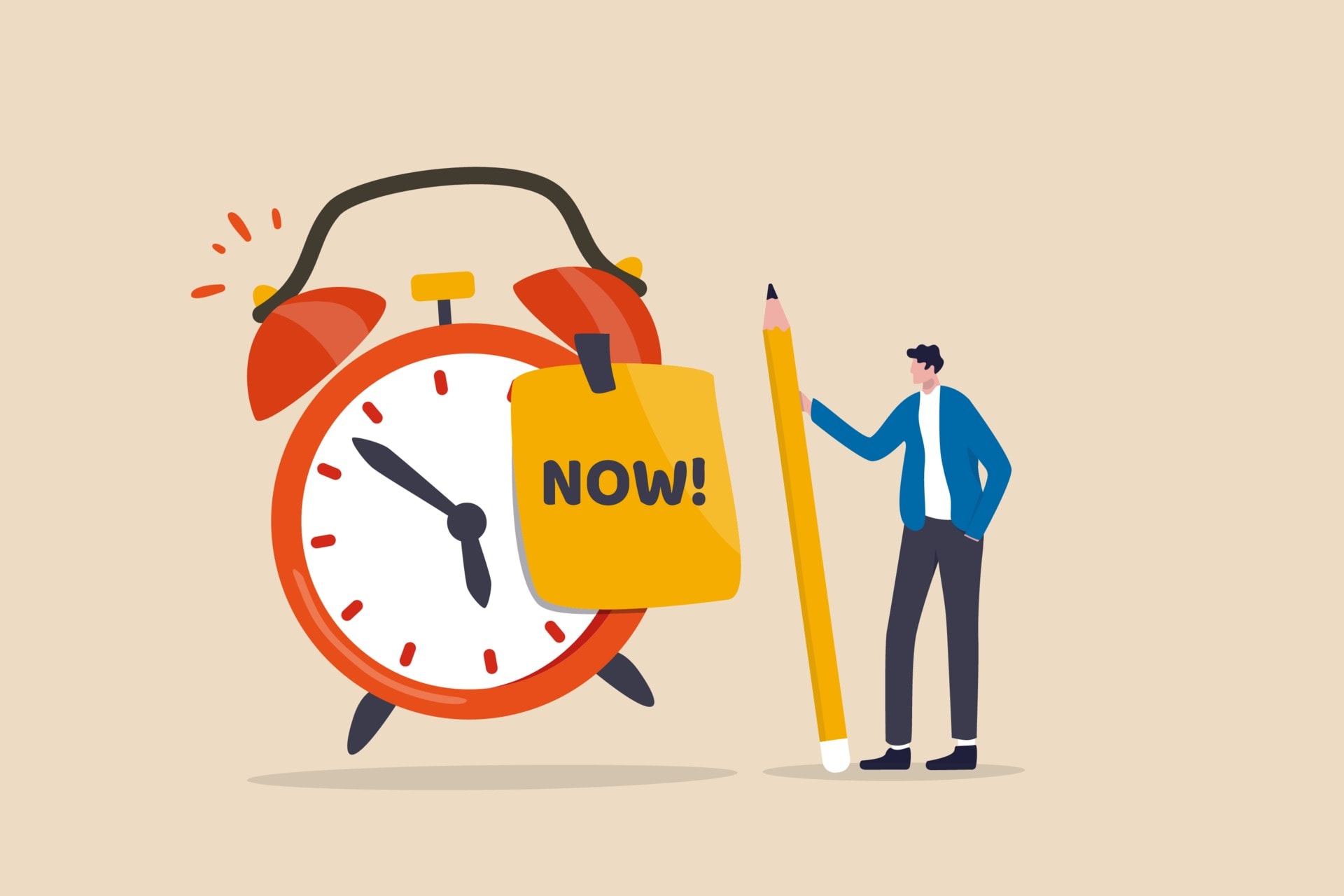
What does finding the best time-tracking app for your project mean? It’s about choosing the right set of features you need in one user-friendly time-tracking app. For example, for smaller projects, you can leverage a free time-tracking app with basic time log features.
If you are a one-man show doing development or consulting, you need a simple time-tracking app. An app that enables tracking billable hours for smooth invoicing. There are other important features you might need from a time-tracker for consultants. For example, flexible billable rates, automation, and timesheet reporting.
However, to include unlimited users and unlimited projects, look for something more sophisticated. Ideally, you need a desktop app that tracks billable hours and provides comprehensive reporting. On top of that, choose a grid or calendar format that is easy for all team members to understand.
Pro tip: If you have complex projects to manage, look for time tracking tools that enable automated time tracking. Automating time tracking means one less thing to worry about and more focus on the actual work.
Encourage team accountability
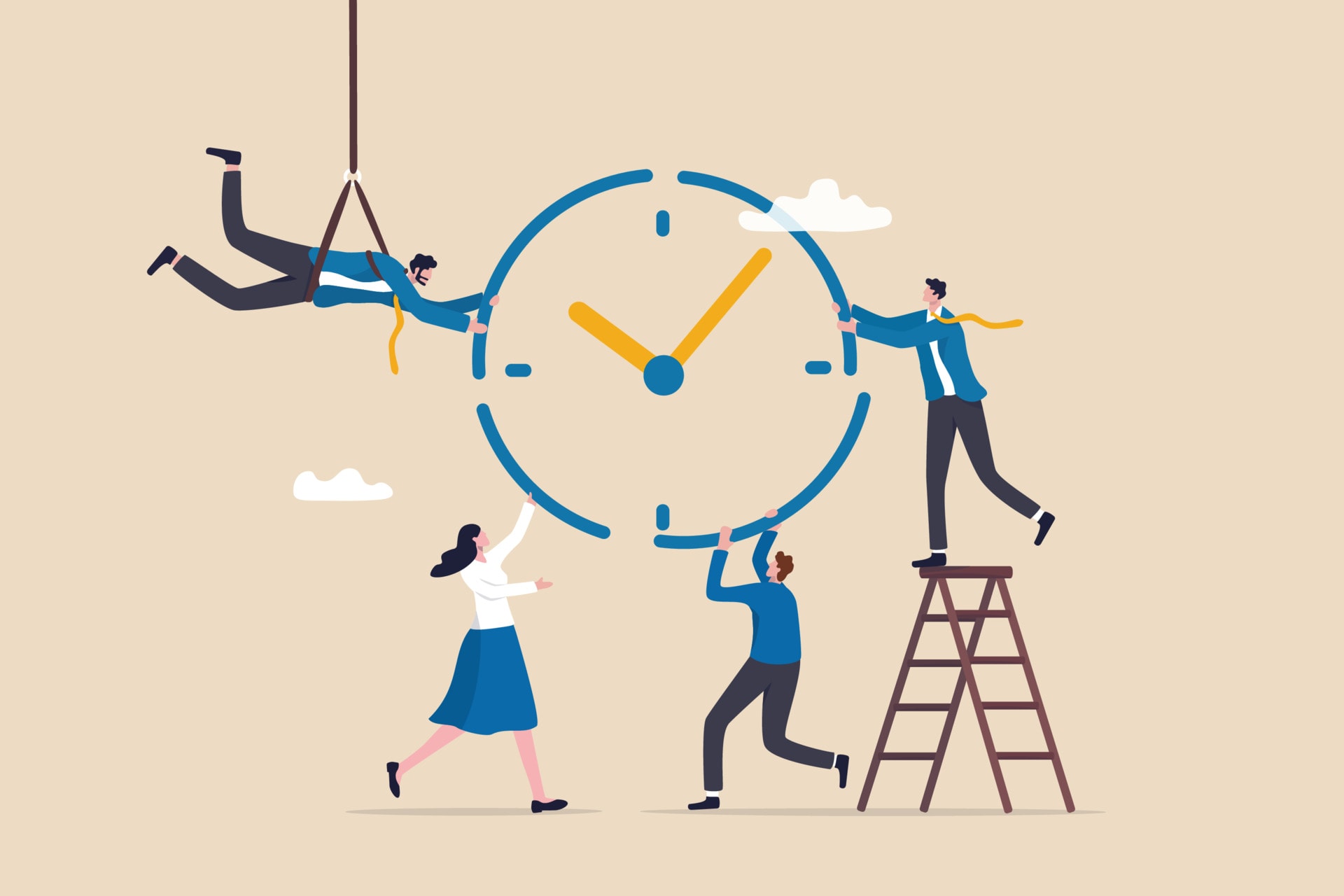
Time-tracking as a system only works if your team members are on board and know how to efficiently use a time-tracking app. Before you introduce time-tracking to track project progress, start with a relaxed meeting. Then explain why transparency and accountability are essential for powerful teamwork.
Foster the culture of transparency by including weekly check-ins in your scrum meetings. Invite each team member to review their tracked time entries and correct any inconsistent logs.
Furthermore, inspire better team performance by showing thought leadership. Present your own example of how you track time for different projects and tasks you are in charge of.
Regularly review time data
Learning from your analytics is the biggest asset in learning about your strengths, as well as areas that need improvement. Understanding how time logs from each project member match or differ from the estimated timeframe. Stepping away from project planning helps you allocate time better for future projects.
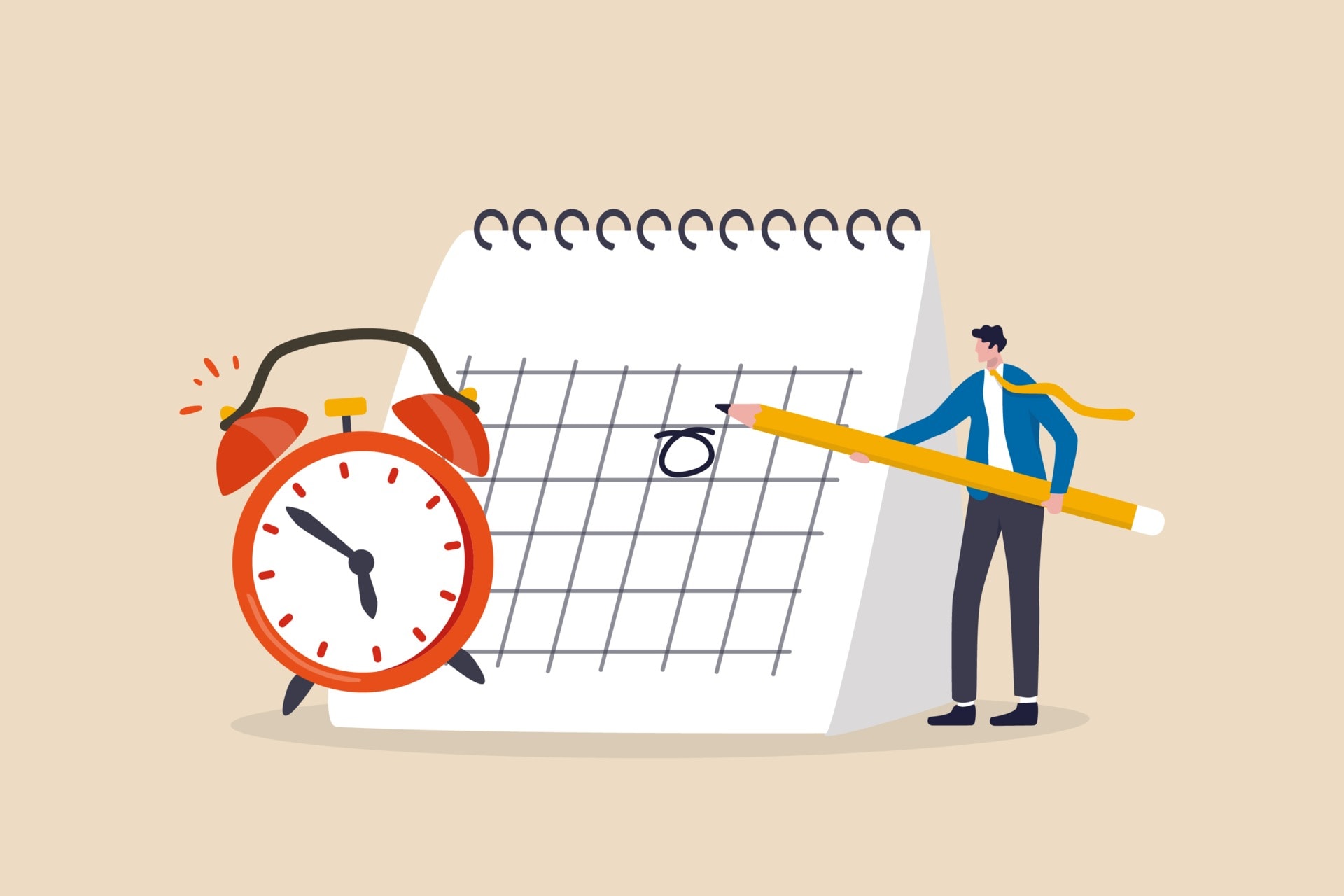
Let’s say certain tasks took only 50% of the estimated time. The result of this situation is that you have a team member available for new tasks, who could use extra time to assist other colleagues.
More importantly, sometimes a project phase faces a challenge that slows down the progress. With regular insight into the time-tracking sheet, you will be able to notice and mitigate the problem. You can also prepare for delays within the next stages of the project development.
Finally, you will be able to make data-driven decisions and plan better project timelines in the future.
Integrate time tracking with project management software
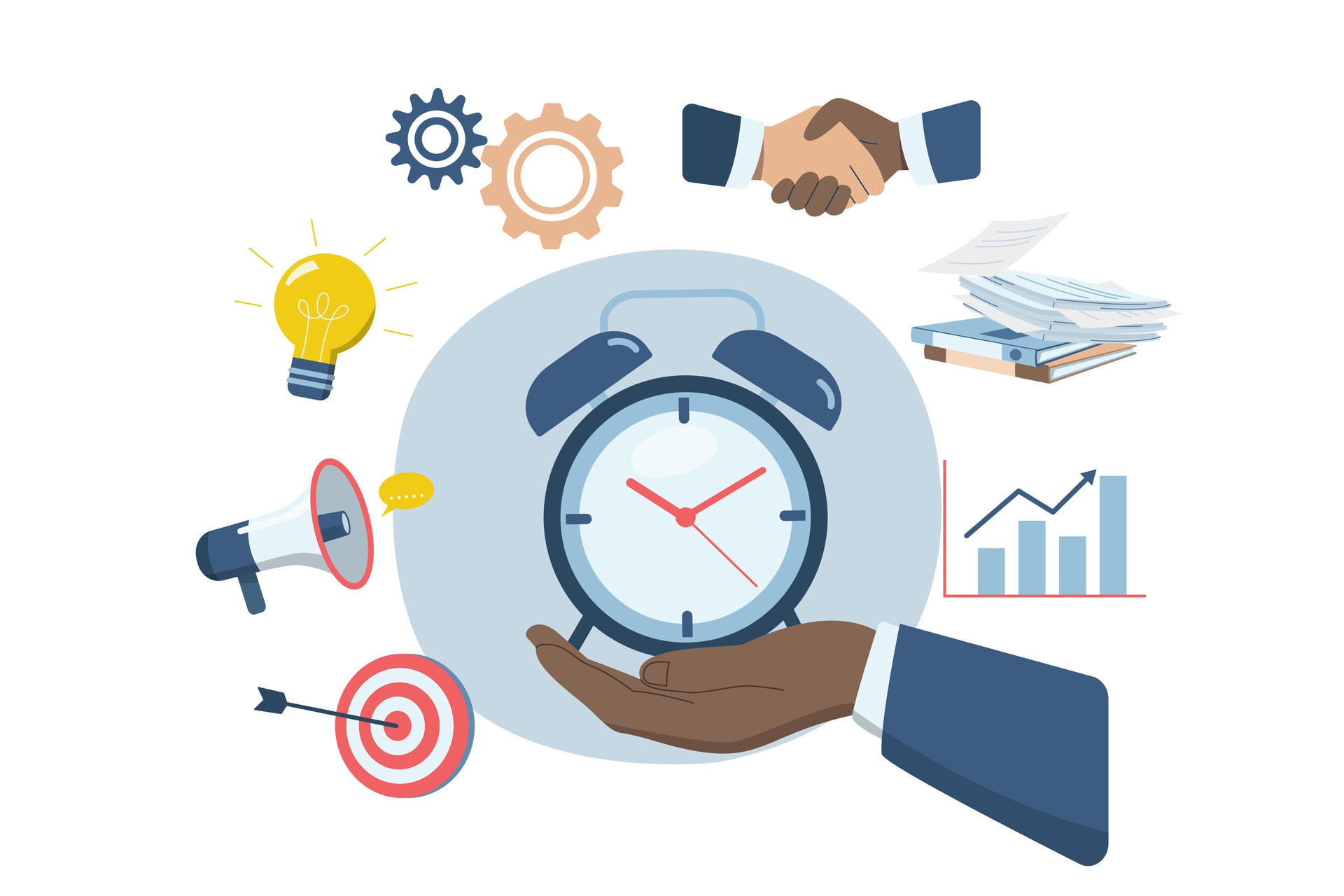
Some things are crucial when involving time-tracking software in your workflow. Initially, it’s important to introduce it naturally to your existing work environment. The best way to do that is by integrating a time-tracking app with your project management software.
For example, let’s say you’re using Asana for project management. Then you integrate it with WebWork Time Tracker. This way you’ll be able to automatically sync task completion and time logs. It’s easier to keep an eye on project progress without juggling between the platforms.
Time-tracking apps such as WebWork Time Tracker integrate with popular project management tools. Asana, Trello, ClickUp, and many others are on this list.
Common Challenges in Project Time Tracking
Your team struggles to leverage time tracking, even with the best time tracking tool. The reasons for that vary from resistance to change, being overwhelmed with multiple projects, or burnout due to a heavy workload.
Let’s review some of the most common challenges and see the most efficient solution for overcoming them.
Challenge #1: Resistance to time tracking

Some team members may see time tracking as micromanagement. Others as an extra burden on their workload. Both are leading to resistance or incomplete entries.
Solution: Emphasize the benefits of time tracking for improving project outcomes. Highlight the benefits over downsides of monitoring. Offer training sessions and explain how time tracking can make their work more efficient. Give examples of identifying bottlenecks and improving workflow.
Challenge #2: Inaccurate time entries

Manually logging time can lead to errors or inaccurate entries, especially when team members forget to track time in real time.
Solution: The best time-tracking tools offer automatic time tracking or reminders. This reduces manual input and ensures accuracy. Encourage team members to update their logs regularly, ideally at the end of each task or workday.
Challenge #3: Overly complex tools
Time-tracking apps that are too complicated or feature-heavy can overwhelm teams. The consequence is they avoid using the tool consistently.
Solution: Choose a user-friendly time-tracking app. Find the app that integrates seamlessly with the team’s existing workflow. Opt for software that allows easy data entry. An app with one-click timers or integration with project management platforms wins.
Challenge #4: Tracking non-billable hours
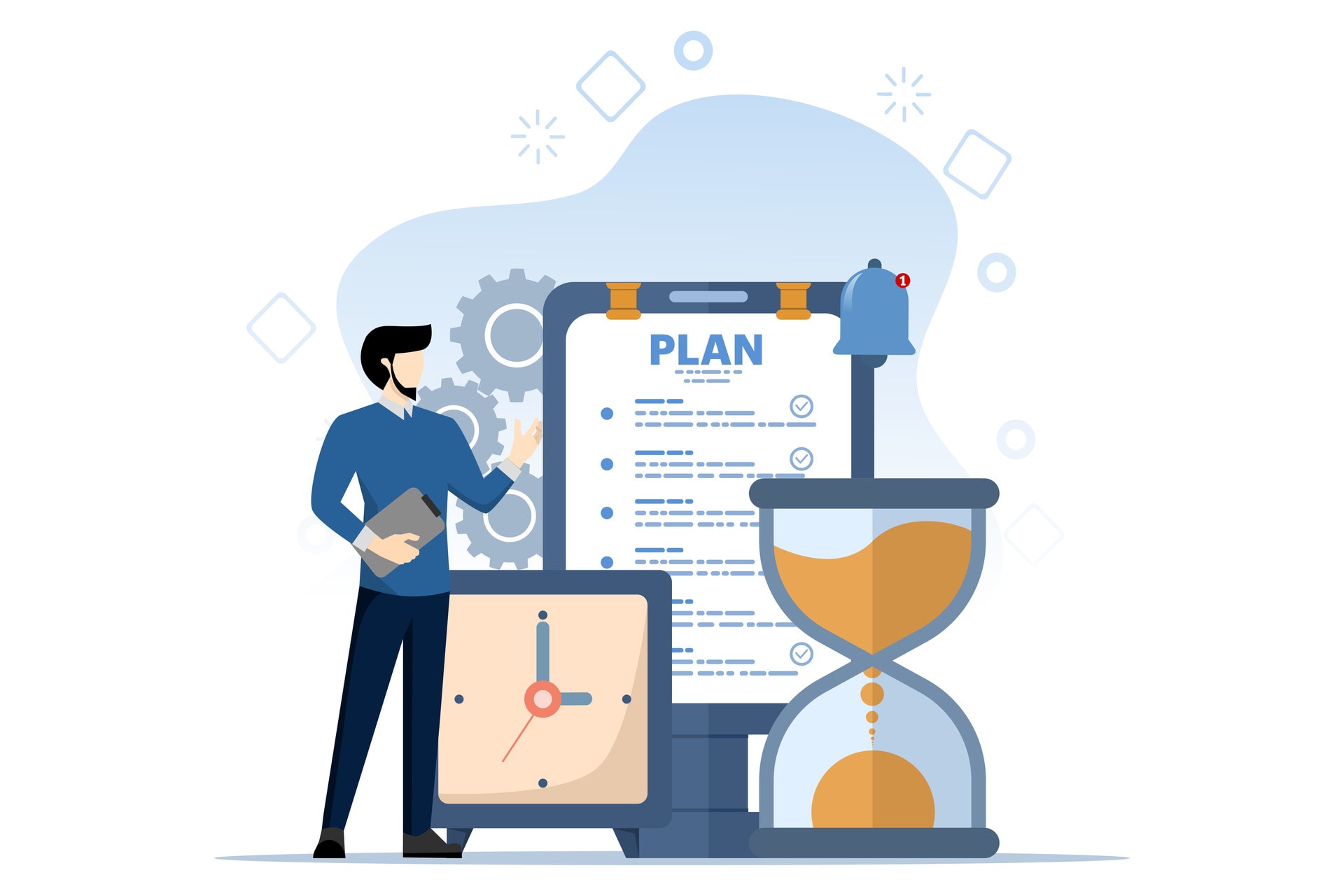
Teams may overlook non-billable hours. These are hours spent on tasks like internal meetings or research. This leads to an incomplete picture of the actual time investment in a project.
Solution: Encourage teams to track all hours, including non-billable time. This will give a more accurate understanding of project time allocation. Ultimately, it helps improve future planning and identifying hidden time drains.
Challenge #5: Lack of accountability
Sometimes team members are not held accountable for tracking their time. Then data becomes inconsistent, affecting project tracking and billing accuracy.
Solution: Foster a culture of transparency and accountability. Conduct regular reviews of time-tracking data. Set clear expectations for time entry and offer feedback when data seems inconsistent or incomplete.
Challenge #6: Difficulty in analyzing time data
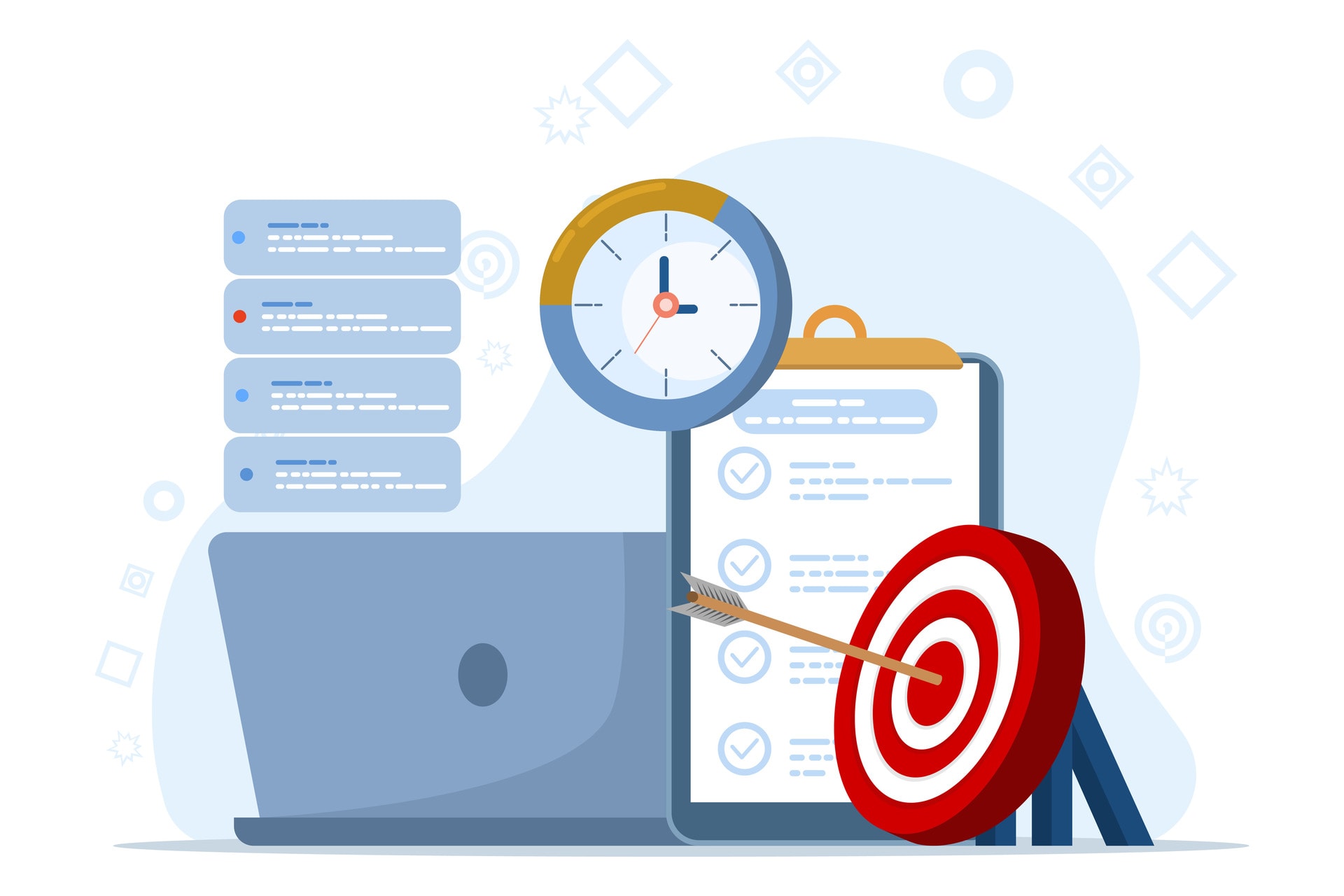
Without proper analysis, time-tracking data can just be numbers without insight. This makes it hard to identify areas for improvement or time inefficiencies.
Solution: Use time-tracking software that provides data visualization tools (charts and reports). These insights will help project managers spot trends. For example, tasks that consistently run over time, and adjust resources accordingly.
Conclusion

Effective project management relies on more than just setting timelines and assigning tasks. Project time tracking is the hidden key to unlocking smoother workflows. Plus, it helps with better accountability and improved resource management.
Try breaking down big project goals into manageable milestones. Select the right tools and foster team accountability. We guarantee you can transform chaotic projects into well-oiled machines.
Sure, there are some common challenges in time tracking — such as resistance to change, inaccurate entries, or complexity. But all are manageable with the right approach and software. With time-tracking insights, you can streamline future projects and avoid bottlenecks. Plus – set realistic deadlines.
Remember that consistency and regular reviews are essential to refine your time-tracking strategy. If you haven’t already, evaluate your current system and ask yourself if it’s helping or hindering your project’s progress. And, if you’re looking for a more efficient solution, consider trying WebWork Time Tracker. Experience firsthand how these best practices can optimize your project outcomes.
Take control of your project time tracking today — try WebWork and see the difference in project efficiency.
